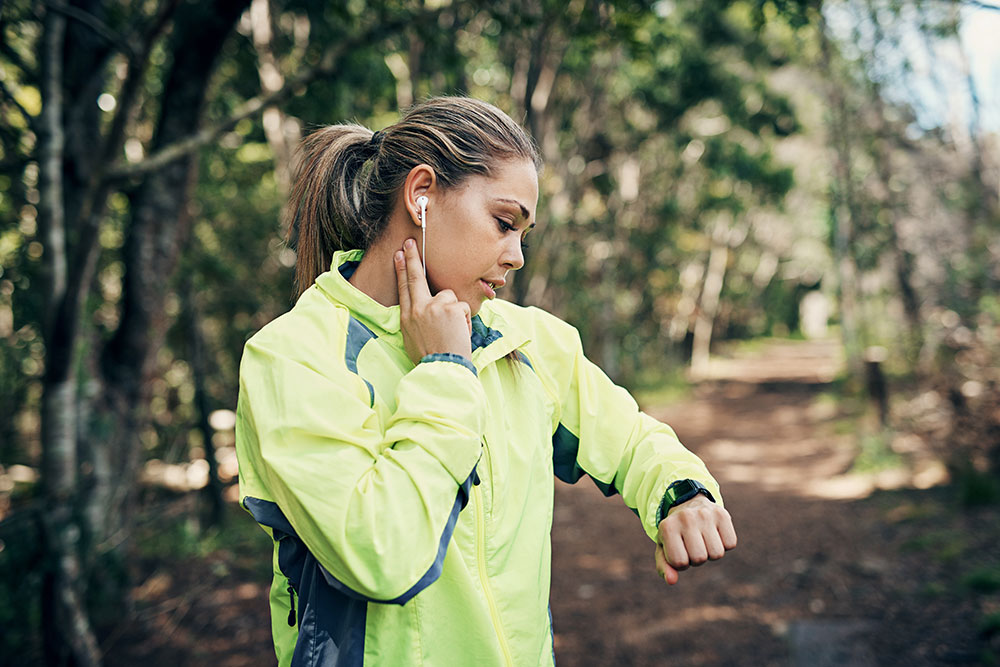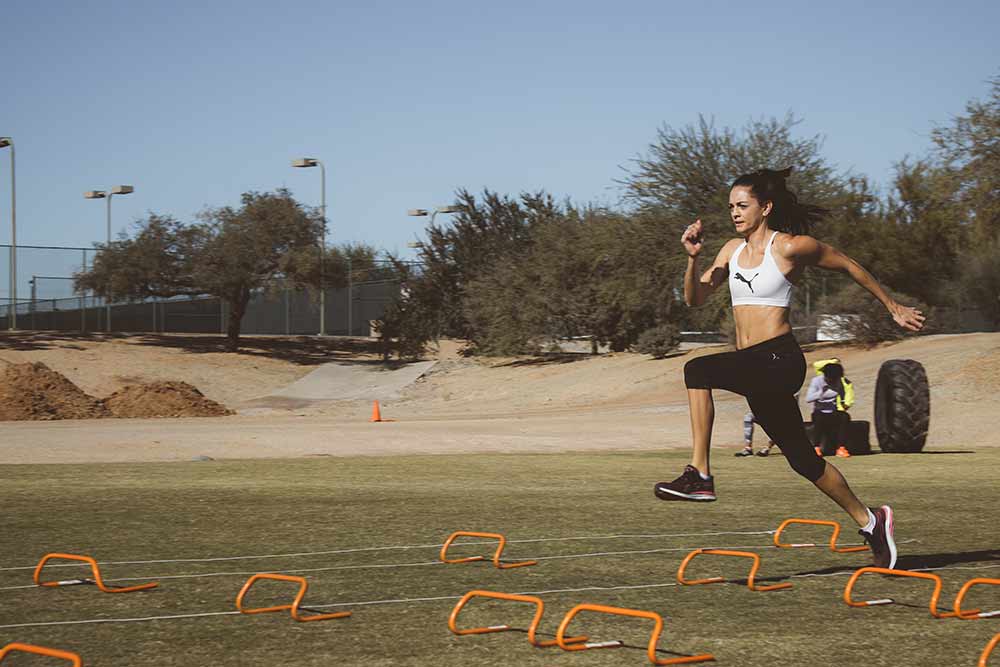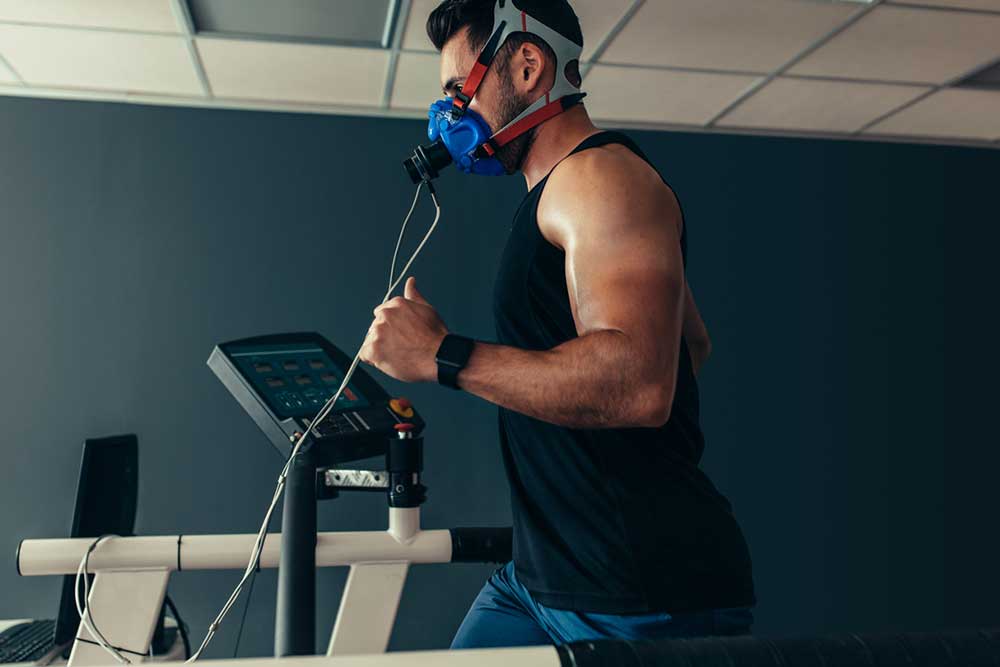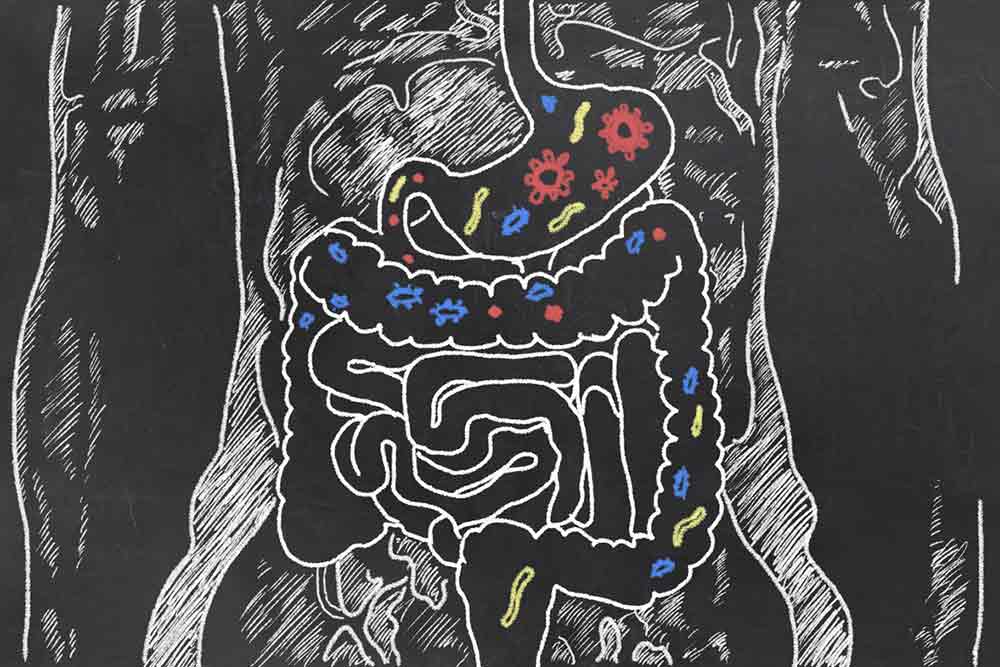Vigorous Exercise May Prevent Predisposed Diabetes

A Review by Alyssa Bialowas
The kidneys are an essential organ that have many functions, such as regulate the body’s fluid levels, keep blood minerals in balance (sodium, phosphorus, potassium), release a hormone that regulates blood pressure, filters waste and toxins from the blood, play a role in blood glucose regulation, and release the hormones that directs production of red blood cells. Therefore; protecting your kidney health is essential to stay free of cardiovascular disease, heart attacks and strokes, high blood pressure, nerve damage, and low red blood cell count.
Persons with impairments of glucose metabolism may be predisposed to develop type 2 diabetes, and methods such as vigorous exercise are used for prevention. This study set out to determine whether lipids and glucose metabolism are differently affected by concentric and eccentric endurance exercise.
Related Article: 5 Ways To Exercise Your Heart
The Study
16 middle-aged males (between 50 and 67 years of age) all predisposed to developing diabetes (pre-diabetic) were recruited to participate in this study. Participants were enrolled that had impaired fasting glucose and/or impaired glucose tolerance. The study consisted of two pre-test days, 9 uphill (concentric) or downhill (eccentric) walking sessions and two post-test days. At pre-testing, anthropometric measurements, exercise capacity, and measurements of glucose and lipid metabolism were taken.
Three times per week for three weeks, the subjects performed their uphill or downhill walking at maximum intensity. Also, heart rate and walking time was monitored every session for each participant.
The Results
The maximum heart rate reached during the exercise capacity test increased significantly between pre and post in the concentric group, but not in the eccentric group. The same happened in terms of improvements in glucose tolerance. However, when adjusted for energy expenditure, uphill and downhill walking had equal effects on all metabolic parameters, such as fasting plasma glucose, insulin, triglycerides, and total cholesterol.
Takeaway
Less than a month of steady, concentric and eccrntric endurance exercise effectively improved glucose tolerance and lipid markers in pre-diabetic men. In populations pre-disposed to developing type 2 diabetes, endurance training with steep inclines – see “HIIT Hill Workouts For Runners” and declines are useful for prevention.
Related Article: Combat Heart Problems and Diabetes with HIIT
You Might Like:
Atrial Fibrillation, Exercise & Health
Hunter Bennett One of the biggest issues we modern society has to deal with is a decline in cardiovascular health and function. To be honest, it is seriously at near epidemic proportions. Within this, the...Canadian Food Guide- A Dietary Guideline
Hunter Bennett The Canadian government made some rather large changes to their dietary guidelines. Like, some really large changes. These changes have created quite the stir across the health industry. Some professionals applauding them, others...How to Improve Your Aerobic Capacity – Tips & Tricks
Alyssa Bialowas Cardiovascular exercise improves the ability to both move oxygen and nutrients to working muscles and to remove metabolic waste, which allows muscles to continue to perform a particular activity. Your fitness level depends...Motiv Ring: The Next Best Innovative Fitness Tracker
Hank Shell There’s a piece of your workout kit that’s missing. Can you guess what it is? I’ll give you a hint – it’s not a steezy headband … or a shake weight. C’mon, dude....The Role of Biofeedback in VO2 Max Testing
A Review by Alyssa Bialowas There are various approaches attempting to modify cardiovascular reactivity in healthy adults and athletes, such as using contingent (true) and non-contingent (false) heart rate biofeedback. In previous studies, subjects who...The Elevation Training Mask – A Competitive Advantage
A Review by Alyssa Bialowas Elite and well-trained athletes search for the competitive edge in their training to optimize their competition results. Altitude training and respiratory muscle training (RMT) have been reported to improve performance...Reference
Burtscher, M., Dzien, A., Ebenbichler, C., Eder, E. M., Gatterer, H., Melmer, A., Muller,
T., Melmer, A., Philippe, M., & Somavilla, M. (2017). “The Effects of 3 Weeks
of Uphill and Downhill Walking on Blood Lipids and Glucose Metabolism in Pre-
Diabetic Men: A Pilot Study.” Journal of Sport Science and Medicine, 16, 35-43.















